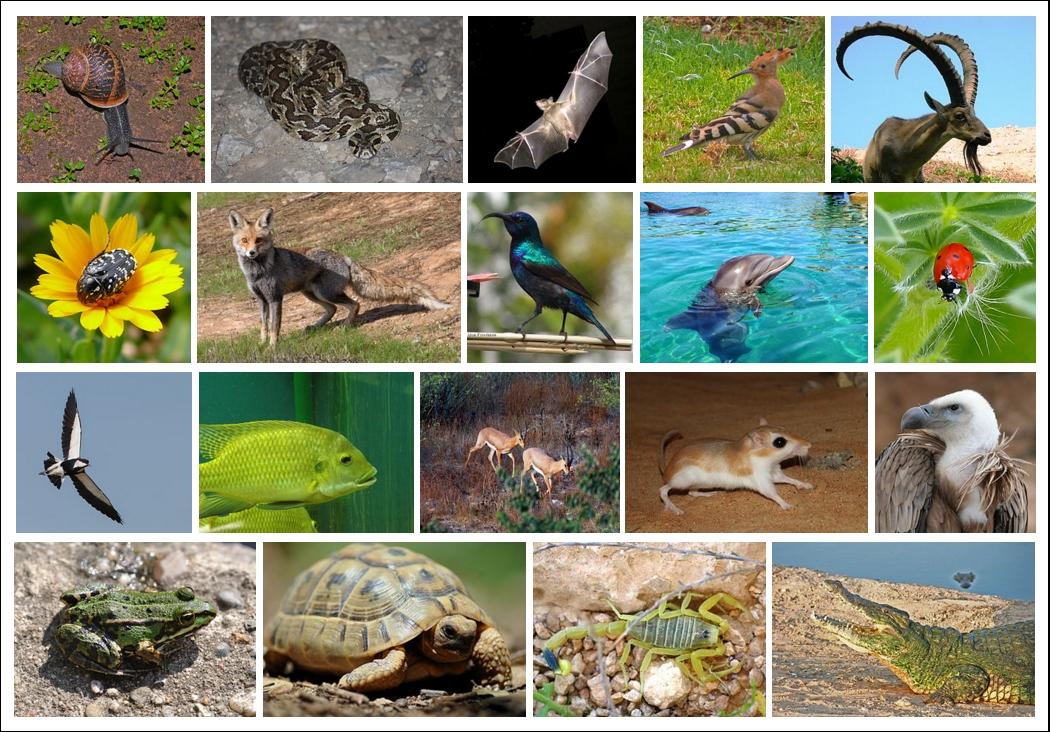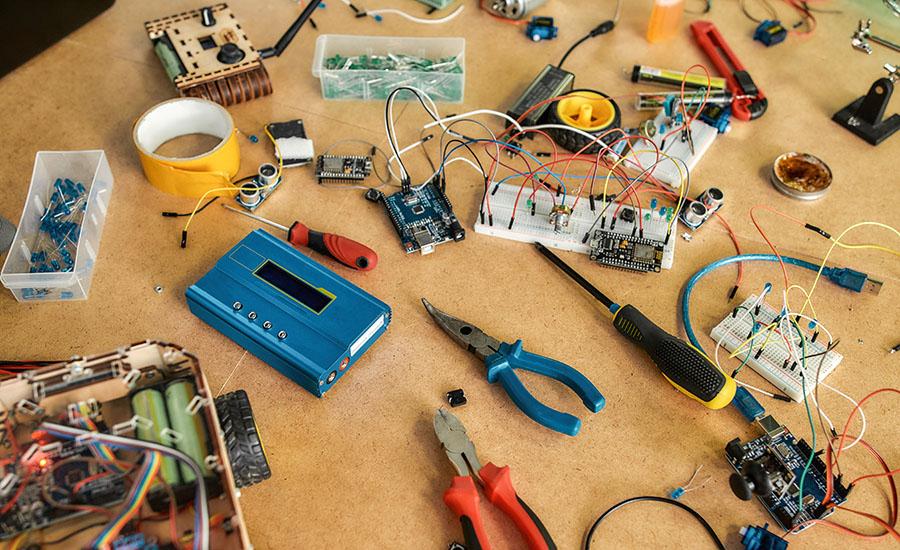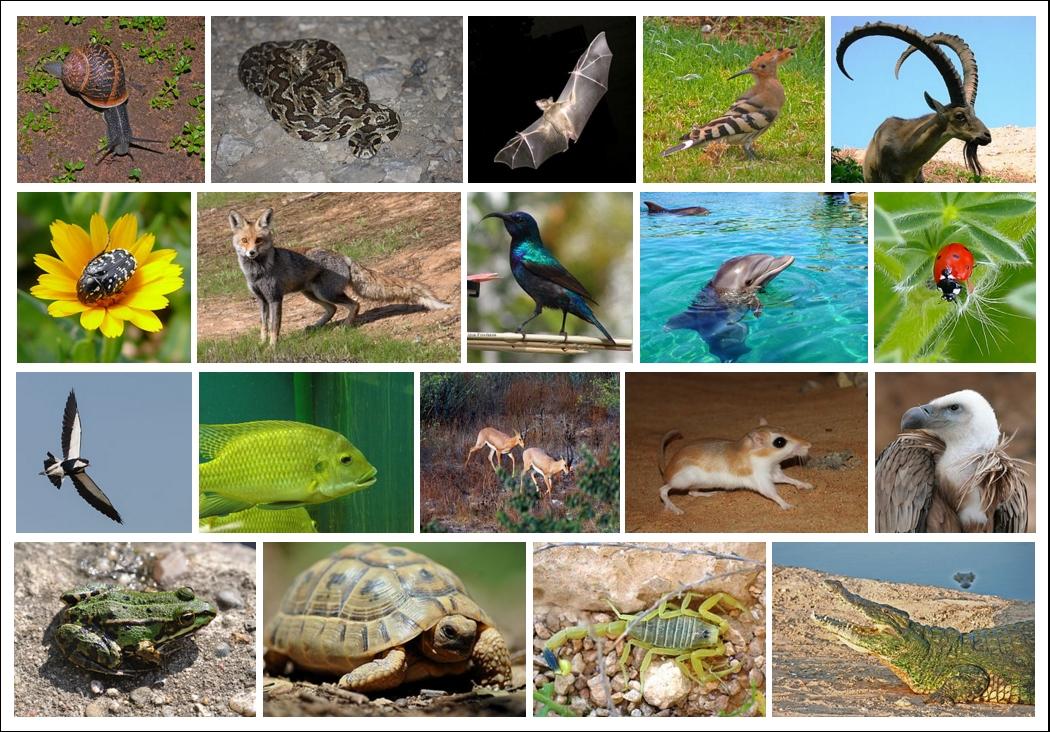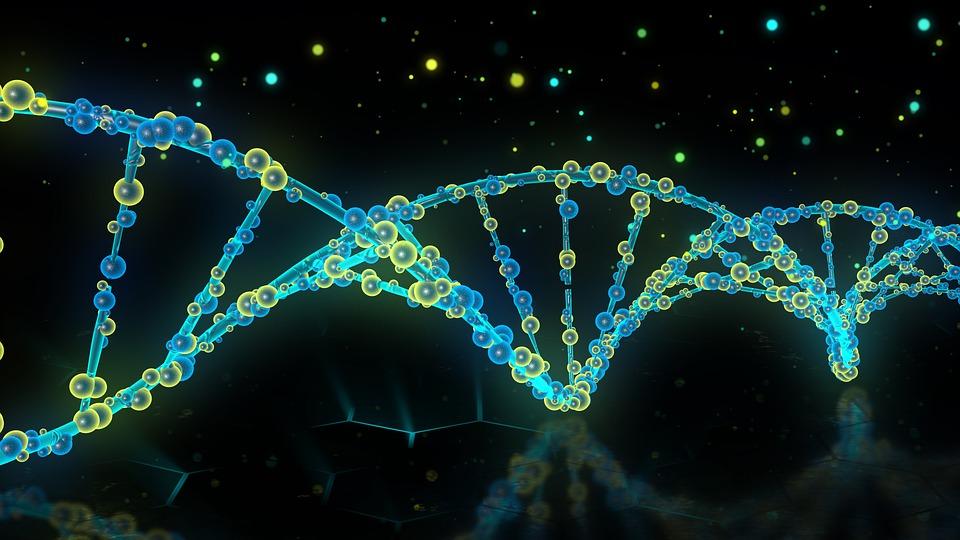
Animal Adults and their Offspring: Lesson 4
This is lesson 4 of the Life Science Unit. Students will evaluate and identify how the features of a young animal offspring and parent are similar (not identical) and different. They will code the path of an adult animal to its offspring using Scratch blocks.
This engaging lesson includes optional fiction read-alouds, picture sorts, STEM hands-on activities, journal prompts, classroom partner games that reinforce science content, field trip suggestions, and PE games! Links to all lessons in the unit are included.
Lesson Grade Level
1st GradeLesson Plan Link/URL
https://docs.google.com/presentation/d/1xUmlSzHQv6hpq_or9AWFvGk2mml9S8Wh6qqXwZa…Subject Area
Science Life Science L3: Genetics & Heredity Technology 3. Knowledge Constructor English Language Arts (ELA) Speaking & ListeningRelated Content

This is the 3rd and final lesson in a series of 3. In this 8-week project, 6th-grade students will collaborate in small groups to create eco-friendly inventions that aim to reduce their carbon

STEM in the Garden- Wild Bee Hotel
Third grade students will apply their knowledge of the significance of bee pollination by designing and creating a Wild Bee Hotel in a collaborative group which will incorporate literacy, mathematical

This lesson will show students that genetic traits come from a lot of different places, and we are all different but still made of the same things. It will use real-time data collection to present